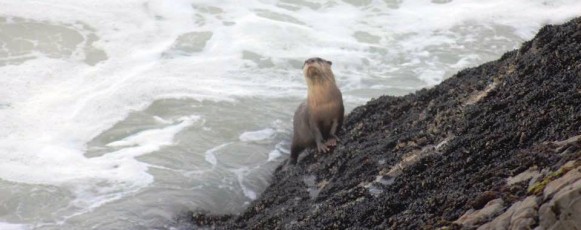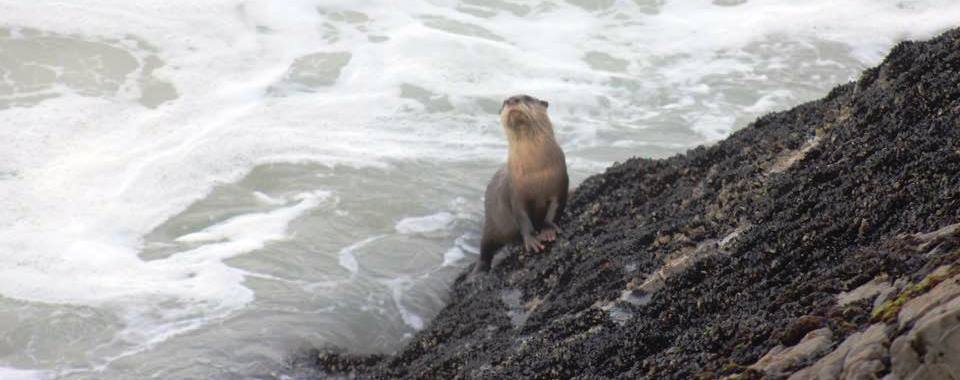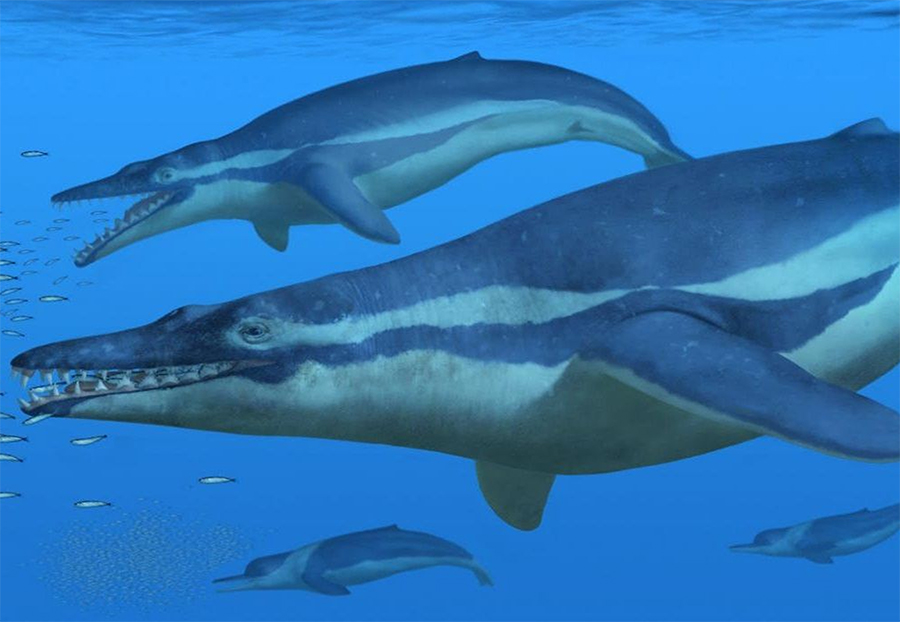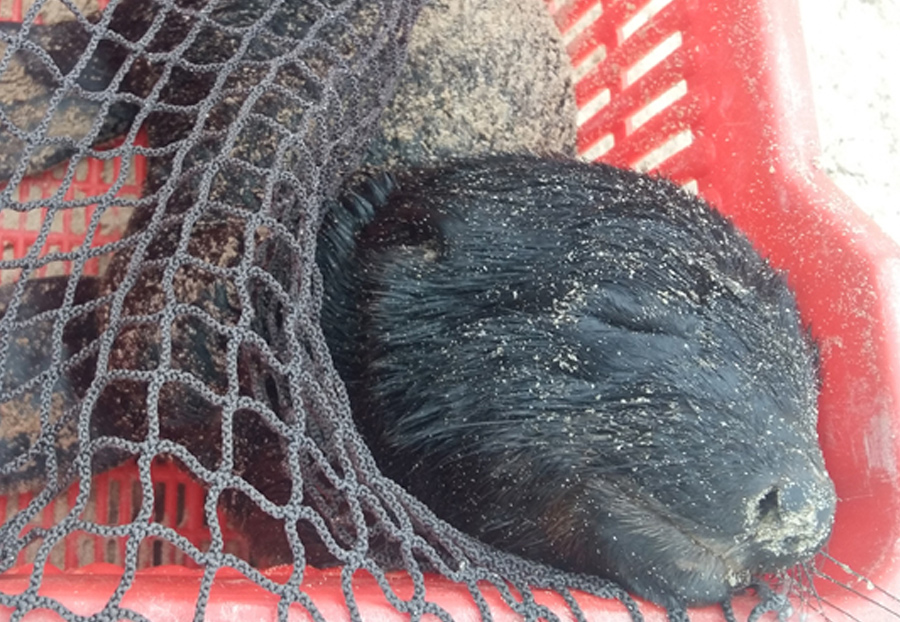Interesting facts on Cape clawless otters (Aonyx capensis).

When walking along the Plettenberg Bay beaches animal tracks can often be seen in the sand. These tracks usually belong to mongooses, dogs, small wild cats, numerous bird species and the ever elusive otters. In South Africa there are two species of otter, the Cape clawless otter (Aonyx capensis) and the Spotted-necked otter (Lutra maculicolll). The Spotted-neck otter is not as widely distributed as the Cape clawless otter since it is limited to inland waters in the eastern part of South Africa. Cape clawless otters are 1 of 4 otter species that lives in both marine and fresh water ecosystems. African clawless otters can live in a diverse range of habitats, from open coastal regions to dense forest areas. They are found in most parts of Africa, but are absent in central Africa. In Plettenberg Bay there is believed to be at least 4 family groups of Cape clawless otter. Tracks are seen regularly on the main beach at the Piesang River, along Lookout beach, in and around Salt River, Natures Valley and at the Matjies River riverbank near Arch Rock.
Cape clawless otters grow to a maximum of 2m (with the tail) in length and can weigh 18kg in weight. They have light to dark brown fur on their backs with a white face, throat, belly and ears. The ears are small and rounded. They have long sensitive grey-white whiskers on both the upper and lower jaw that sense and pick up movement of potential prey in the water. Their front feet are adapted for digging and therefore don’t have claws (giving them their name) while their hind feet are partly webbed with 3 claws on each feet. They have a long tail that is used as support (tripod) when they sit on their hind feet and to help propel them through the water when swimming.
African clawless otters are generally solitary animals that live within a territory with family groups of up to 5 individuals. Each individual will have their own home range in that territory and will keep to themselves until the breeding season. Their breeding season is in December and 1-3 pups are born after a 2 month gestation period. The pups have a smoky grey, woolly fur and weigh around 200g. They will be solely raise by their mothers and weaning usually occurs after 60 days. The cubs will stay with her until they reach sexual maturity at 1 year of age.
Cape clawless otters are mainly active during dusk and dawn. During the day they stay sheltered in burrows or dense vegetation. They hunt in both fresh and marine water where prey consists primarily of aquatic species like crabs, fish, frogs and mussels. Depending on the size of the prey they will either eat it while floating on their backs or swim ashore to eat it. Unlike most marine mammals they have to drink fresh water to survive. They also have fresh water washing sites to remove salt from the fur to restore their insulation. In the ocean they mainly feed within 8m of the shore while in rivers they remain in shallow waters off the riverbanks where they walk and feel for prey with their front feet. Cape clawless otters have elaborate vocalizations, with 2 types of whistles, a grunt and a variable “Hah”. They normally use the “Hah” to express anxiety, growls and snarls when threatened and humming when calling each other. They can often be seen carrying objects or prey in one front paw against their chest while hobbling forward on 3 legs. When a female moves her cubs she holds them in both front paws while walking on her back legs.
African clawless otters don’t have many predators since they are quick in the water and have burrows on land making them hard to catch. Their major threats are pythons and crocodiles (that can lay in lure near the water) together with eagles and human activities. The otters will forage in man-made fisheries and are therefore hunted and at risk of becoming entangled in their nets. They also get poisoned by baits attached to crab traps, are disturbed by dogs, face a reduction in their food supply due to competition with fisheries and deforestation is destroying their habitat. Scientists have recognised that the Cape clawless otter population is dependent on the crab population in most areas. Cape clawless otters are fortunately not threatened in South Africa and have an estimated population size of 21,500 individuals. There is currently no formal protection for the species outside of national, provincial or private parks.
References
– Smithers’ Mammals of Southern Africa a field Guide by Peter Apps Struik Nature edition 2012
– Rowe-Rowe D.T. 1988 OTTER DISTRIBUTION AND PROTECTION IN SOUTH AFRICA IUCN Otter Spec. Group Bull. 3
– Nel J.A.J. Somers M.J. 2007 Distribution and habitat choice of Cape clawless otters, in South Africa South African Journal of Wildlife Research 37(1): 61–70
– LarivieÁre S.2001 MAMMALIAN SPECIES Aonyx capensis. the American Society of Mammalogists No. 671, pp. 1-6, 3
– Van Niekerk C.H. Somers M.J. Nel J.A.J. 1998 Freshwater Availability and distribution of Cape clawless otter spraints and resting places along the south-west coast of South Africa S.A.fr.J.wildl. Res. (28) 3




